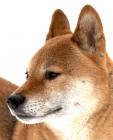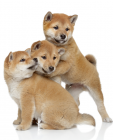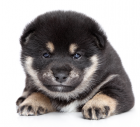Japanese Shibu Inu
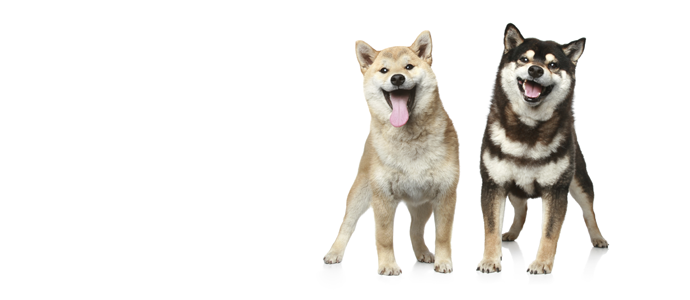
In my own words
Hello there. Best start off my introduction as I always do, by saying that I am one of the oldest breeds of dogs around. Yes, that’s right. Us Shibas have a lineage that goes back to 4000BC, and our ancestors have been discovered on paintings in Japan that are that old. We have had a long and intresting history as a result, I’m sure you’ll agree. Anyway, back to me. Yes I’m a little bit like a cat I suppose, I enjoy lounging around the house and rubbing against people’s legs; but don’t mistake me for one. I enjoy running after balls and swimming and chasing sticks as much as the next dog! There’s no reason why we can’t have the best of both worlds y’know.
We’re still really big in Japan, and we’ve become something of a cultural icon. We’re on TV and there was some puppies filmed on the internet that became really popular! It’s a long way from those dark days after the Second World War when we nearly died out as a breed. Not to worry though, for now we’re as strong as ever!
My ideal owner(s)
Families with older children
People who have time
People who live in a temperate climate
Experienced dog ownersWhat they say about me
Timid
Somewhat difficult to train
Very clean
Historic
Is this Japanese Shibu Inu for you?
Test your knowledge about the Japanese Shibu Inu
Information essential about the Japanese Shibu Inu
Kennel Club Group:
Japanese Shiba Inus are utility type dogs
Size:
Japanese Shiba Inus are medium sized dogs with an average height from floor to withers of 14 inches to 16 inches (35–43 cm) for males and 13 inches to 15 inches (33–41 cm). In terms of weight the average is approximately 23 pounds (10 kg) for males, 17 pounds (8 kg) for females.
Popularity:
The breed is still very popular in Japan for many pop culture reasons. In 2008 a webcam following six Shiba Inu puppies went viral and received over three million viewers in a few weeks. As a result the breed has seen an explosion in popularity. They have also been featured in many Japanese films.
Breed History:
The Japanese Shiba Inu is one of very few ancient breeds of dog still in existence. It is thought that its history can be traced back to at least 7000BC when the earliest immigrants arrived to the islands of Japan with a small type of dog. Archaeological evidence has been found of the breed being depicted on clay pots and terracotta remains. Around 3rd century BC, new immigrants arrived in Japan with other dogs and these interbred with those already there, creating canines with curly tails and pointy ears. The modern Japanese Shiba Inu. The breed was originally used to hunt small game, such as hares, pheasants and foxes.
There were originally three different types of Shiba Inu, each named after the region of Japan they came from. These were the Shinshu Shiba from the Nagano region, the Mino Shiba from the Gifu region and the Sanin Shiba from the main land (the Sanin area of the island of Honshu). The second world war proved nearly catastrophic for the breed, but efforts were made to preserve it by breeding dogs in the less war torn areas of the countryside. The dog was also introduced to the United States as a result of US troops stationed there bringing them home. The dog was introduced to the UK in 1985.
Character:
Much like the smaller Japanese Chin, Shiba Inus often display cat like behaviour, sometimes even rubbing up against owner’s legs and almost purring when stroked. They do however, like to chase balls and play just like any other dog; and are sometimes known as ‘big, small’ dogs as they enjoy playing rough and tumble. They are very clean when out and around the house, and like to wash and preen themselves. The dog is generally intelligent, but much like other small dog breeds, some owners may find training difficult. As a result of this it is important that obedience training is introduced from a young age, especially to hone the instinctive hunting recall. They will not react at all well to harsh training methods or even when there is a negative mood. They are perhaps not the best dogs to train for obedience training or for any other dog sports, such as agility. Altogether they are very bold and good natured dogs.
Temperament:
Shiba Inus are not the easiest dogs to train and can often be stubborn. Females can even become aggressive due to the a driving hunting instinct. As a result of this the dog should always be kept on a lead. They do make family pets in Japan, but they are probably not best for families with young children, as they can become aloof and dominant. A dominant ‘I am in charge’ attitude is essential when training this type of dog as they will always look to become the pack leader, and will do this if they live with other animals or other breeds of dogs. This can cause conflict, especially if the other breeds are larger than the Shiba Inu. Generally though, aggressiveness is rare, and they are mostly calm and gentle dogs. A distinguishing characteristic of the breed is the so-called "shiba scream". When sufficiently provoked or unhappy, the dog will produce a loud, high pitched scream. This can occur when attempting to handle the dog in a way that it deems unacceptable. The dog may also emit a very similar sound during periods of great joy, such as the return of the owner after an extended absence, or the arrival of a favoured human guest.
Conformation:
The Shiba Inu's frame is compact with well-developed muscles. It is double coated with the outer coat being stiff and straight and the undercoat soft and thick (this can make grooming difficult). Fur is short and even on the fox-like face, ears, and legs. The dark eyes express a sharp intelligence and the ears are triangular and stand erect on top of the head. The body of this small to medium sized dog is strong and athletic with it being made to spend time running through dense bush and scrub. The legs are strong and straight, as is the back which is shaped into the traditional curled tail, which is carried high over the back.
Colour:
Shiba Inus may be red, black and tan, with a cream, buff, or grey undercoat.
Training:
Training a Shiba Inu can be fun, but they are very stubborn dogs, and this can make training difficult. Recall and general obedience training is vital from a young age as the dog will be a struggle to train when older. They are quite difficult to teach tricks. They are however relatively easy to house-train because of their fastidious attitudes toward cleanliness, sometimes they will simply learn to housetrain themselves. Harsh training methods should never be used as the dog simply will not respond to them.
Care:
These dogs moult a lot, and as a result are not hypoallergenic, however they do not need to be groomed all that often as they tend to take care of themselves. Their inner coat is naturally waterproof, so there’s no real reason to bathe them. They will need an odd brush now and then to keep the coat in check; especially when they are shedding during the summer.
Health:
Shib Inus are a generally healthy and hardy breed. They can sometimes be prone to eye infections, so regular checks of the eyes , ears and nose are absolutely essential. Puppies should be hip scored by a vet to check for any future potential issues with hip dysplasia.Exercise:
Shiba Inus need to be exercised daily, just like any other dog. They can make great jogging partners; but they must be kept on the lead.
Shiba Inus live on average 12-15 years. A Shiba Inu was the world’s oldest dog until it died in 2011. It lived until the ripe old age of 26.
You may also like:
If you like Japanese Shibu Inus, you may be interested in breeds of the same size »
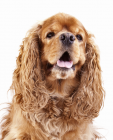

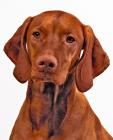
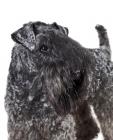
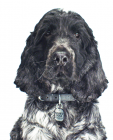
If you like Japanese Shibu Inus, you may like other breeds with similar characteristics »
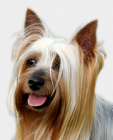
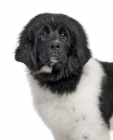
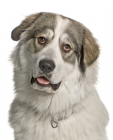

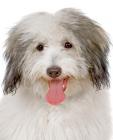
If you like Japanese Shibu Inus, you may be interested in these other utility dogs »
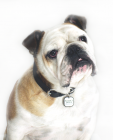

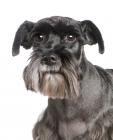
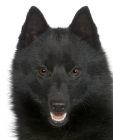
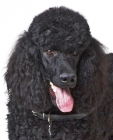
Advice on choosing your breed »
Find an animal shelter or rescue home where a Japanese Shibu Inu is waiting for a new home »
The following grid gives a fast track review which covers all breeds. You can apply it to help you decide if a Japanese Shiba Inu is suitable for you, the environment where you live, your personality and your lifestyle. We can see here, for example, that Shiba Inus enjoy swimming and going on walks, but they’re not so easy to train. On the grid, 1= strongly disagree, and 5= strongly agree. You might like to save or print off this section and keep it for reference while you check some other breeds before making your final choice.
Be the first to rate this breed »
|
*PLEASE NOTE: All our breed profiles are general, and all dogs are individuals. Always talk to the breeders and meet the owners you are buying from. Try to meet the dog and its parents if it is a puppy in their home environment.








